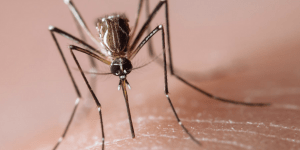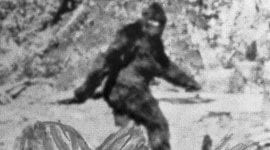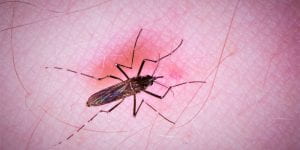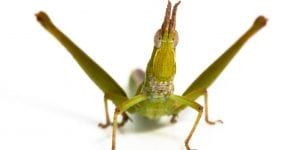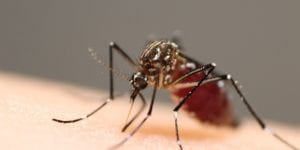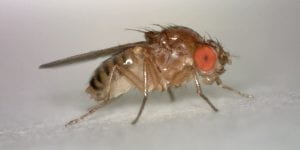Category: Research
-
New publication: Ecological impacts of pesticides and their mitigation within IPM systems
Pest control is recognised as an important part of crop production. Against a background of increasing concern for chemical impacts on the environment, Integrated Pest Management programs have been developed where chemical application and natural enemy enhancement work together to maintain productivity with reduced environmental impact. Such programs require good science, general theory and strong […] -
Dengue-blocking bacteria endure the heat
“This article was first published on Pursuit. Read the original article.” Dr Perran Stott-Ross and Professor Ary Hoffmann Bushfires. Coral bleaching. Heatwaves. These disastrous events are a harsh reality in Australia. And they’re only going to become more frequent and severe with climate change. Last year, 2019, was Australia’s hottest year ever recorded, and records […]blogs.unimelb.edu.au/pearg/2020/01/24/dengue-blocking-bacteria-endure-the-heat
-
Wolbachia infections in Aedes aegypti: The ‘Bigfoot’ of endosymbionts
Words: Perran Ross Wolbachia are endosymbiotic bacteria found within the cells of many insects, from butterflies and bees to cockroaches and dung beetles. Wolbachia are so common because they often provide their insect hosts with an advantage, aiding their spread through populations. Whether an insect carries Wolbachia is an important question, especially if they’re a […] -
Sampling by the sea – collecting mosquitoes in the Mornington Peninsula
Words and images: Véronique Paris It’s 7.30 Saturday morning – what are your plans for the day? While you may be still in bed contemplating a coffee, or still sound asleep, I’m packing the PEARG ute with a stack of small buckets, strips of red felt, some rabbit food, and a 20lt jerrycan of water. […] -
Finding “Nosy Tiger’s” and other oddly named freshwater invertebrates
Words – Eddie Tsrline Images – Eddie Tsyrlin and John Gooderham Towbiters, water scorpions and Nosy Tigers. These are just some the colourful names given to freshwater insects and other invertebrates. And there is a more serious side to these quirky creatures. The Nosy Tigers are a diving beetle larva with a peculiarly elongated head. […] -
Establishment of Wolbachia Strain wAlbB in Malaysian Populations of Aedes aegypti for Dengue Control
Our freshly published open access paper in Current Biology is the culmination of several years of work with a large team of very talented and dedicated researchers. Rather than rehash the story here, please see press releases below: Press release from the UniMelb newsroom (alternatively at Bio21’s siteBio21’s site or at SciMex) Brief summary article […] -
Rediscovering a ‘lost’ species
This article was first published on Pursuit. Read the original article. Associate Professor Michael Kearney and Professor Ary Hoffmann People usually go to cemeteries to visit or bury their dead but, in the name of research, we visited 25 cemeteries in Victoria, NSW and the ACT to try and find a tiny rare species of […]blogs.unimelb.edu.au/pearg/2019/09/19/rediscovering-a-lost-species
-
Releases of Wolbachia-infected mosquitoes for disease control
Words and images: Perran Ross When animals raised in captivity are released back into the wild, you might picture cute and furry mammals from an endangered species. But in many countries around the world, people are releasing mosquitoes raised in laboratories into the environment. These mosquitoes feed on human blood and are vectors of dengue, […]blogs.unimelb.edu.au/pearg/2019/09/18/releases-of-wolbachia-infected-mosquitoes-for-disease-control
-
Using bacteria to control mosquitoes Dr Tom Schmidt and Professor Ary Hoffmann “This article was first published on Pursuit. Read the original article.” Living inside the cells of insects is a type of bacteria that is looking increasingly like the key to controlling the spread of dengue fever, the Zika virus and other mosquito-borne diseases. […]
-
Using genomics to determine the adaptive potential of populations
Words: Ary Hoffmann One of the central tenets of conservation biology is that high levels of genetic variation in natural populations is important for their long-term survival. High levels of variation allow populations to adapt to changing environments through evolution. This process is now recognised as being extremely fast when selection pressures are high. In […]
Number of posts found: 65

